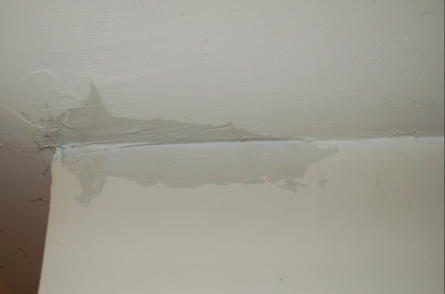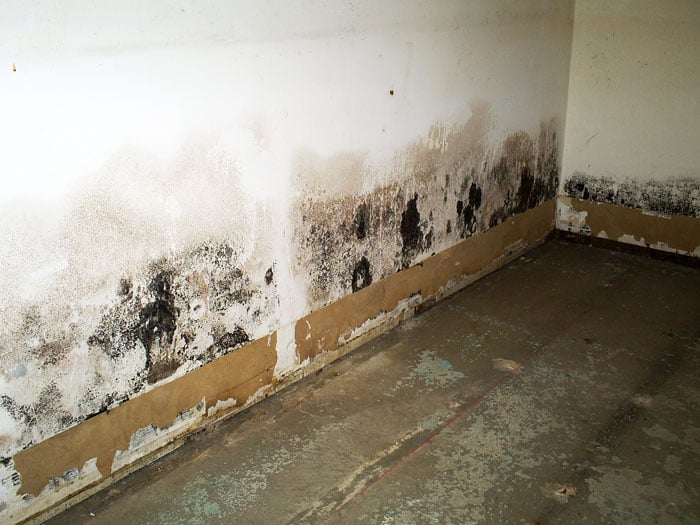We have come across this article on Fire And Water Damage Prevention directly below on the web and felt it made sense to write about it with you over here.

Water gives life, but water breach on some components where it's not meant to be can cause damages as well as trouble. If the water leaks right into your framework, it can peel away the surface and deteriorate the material's structure. Mold as well as mildew also prosper in a wet environment, which can be hazardous for your and also your family's health and wellness. In addition, residences with water damages smell old and mildewy.
Water can come from numerous sources like hurricanes, floods, ruptured pipelines, leaks, and sewage system problems. If you have water damage, it's far better to have a working understanding of safety and security precautions. Here are a couple of guidelines on exactly how to manage water damage.
Do Prioritize House Insurance Coverage Insurance Coverage
Seasonal water damages can come from floods, seasonal rainfalls, and also wind. There is also an occurrence of a sudden flood, whether it came from a faulty pipe that instantly breaks into your residence. To protect your residence, obtain house insurance policy that covers both acts of God such as natural catastrophes, and emergencies like busted plumbing.
Don't Fail To Remember to Shut Off Energies
When disaster strikes as well as you remain in a flood-prone location, switch off the major electrical circuit. Switching off the power stops
electric shocks when water comes in as water serves as a conductor. Don't forget to turn off the major water line shutoff as a way to prevent even more damages.
If the floodwaters are obtaining high, keep your furniture stable as they can move and cause added damages.
Do Remain Proactive and Heed Weather Condition Informs
If you live in a location afflicted by floods, stay prepared and also aggressive at all times. Listen to the information and evacuation cautions if you live near a body of water like a creek, river, or lake.
Do Not Ignore the Roofing System
Your contractor needs to take treatment of the malfunctioning gutters or any various other indications of damages or weakening. An assessment will certainly avoid water from flowing down your walls and also soaking your ceiling.
Do Take Note Of Small Leaks
There are red flags that can draw your interest and indicate to you some damaged pipes in your home. Signs of red flags in your pipes consist of gurgling paint, peeling wallpaper, water touches, water stains, or dripping noises behind the walls. Repair as well as examine your plumbing repaired prior to it results in substantial damage to your home, funds, and an individual nightmare.
Do Not Panic in Case of a Ruptured Pipe
Maintaining your clearheadedness is crucial in a time of crisis. Stressing will only intensify the trouble due to the fact that it will stifle you from acting quickly. Panic will likewise provide you extra stress and anxiety. Timing is key when it concerns water damage. The longer you wait, the more damage you can expect and the most awful the results can be. Quickly closed off your main water valve to cut off the source and avoid more damage if a pipeline ruptureds in your house. Unplug all electrical outlets in the area or switch off the breaker for that part of the house. Ultimately, call a trusted water damage restoration professional for help.
Water gives life, yet water invasion on some parts where it's not meant to be can result in damages and also inconvenience. In addition, residences with water damages odor musty as well as old.
Seasonal water damage can come from floodings, seasonal rains, and wind. Signs of red flags in your pipes include bubbling paint, peeling off wallpaper, water streaks, water stains, or trickling noises behind the walls. If a pipeline ruptureds in your home, right away closed off your main water shutoff to reduce off the source and prevent more damage.
Some Do's & Don't When Dealing with a Water Damage
DO:
Make sure the water source has been eliminated. Contact a plumber if needed. Turn off circuit breakers supplying electricity to wet areas and unplug any electronics that are on wet carpet or surfaces Remove small furniture items Remove as much excess water as possible by mopping or blotting; Use WHITE towels to blot wet carpeting Wipe water from wooden furniture after removing anything on it Remove and prop up wet upholstery cushions for even drying (check for any bleeding) Pin up curtains or furniture skirts if needed Place aluminum foil, saucers or wood blocks between furniture legs and wet carpet Turn on air conditioning for maximum drying in winter and open windows in the summer Open any drawers and cabinets affected for complete drying but do not force them open Remove any valuable art objects or paintings to a safe, dry place Open any suitcases or luggage that may have been affected to dry, preferably in sunlight Hang any fur or leather goods to dry at room temperature Punch small holes in sagging ceilings to relieve trapped water (don't forget to place pans beneath!); however, if the ceiling is sagging extremely low, stay out of the room and we'll take care of it DO NOT:
Leave wet fabrics in place; dry them as soon as possible Leave books, magazines or any other colored items on wet carpets or floor Use your household vacuum to remove water Use TV's or other electronics/appliances while standing on wet carpets or floors; especially not on wet concrete floors Turn on ceiling fixtures if the ceiling is wet Turn your heat up, unless instructed otherwise

Hopefully you enjoyed our article about Preventing Fires and Water Damage In Your Home. Thank you so much for taking a few minutes to read our short article. Appreciated our review? Please share it. Let someone else check it out. Thanks a lot for your time spent reading it.